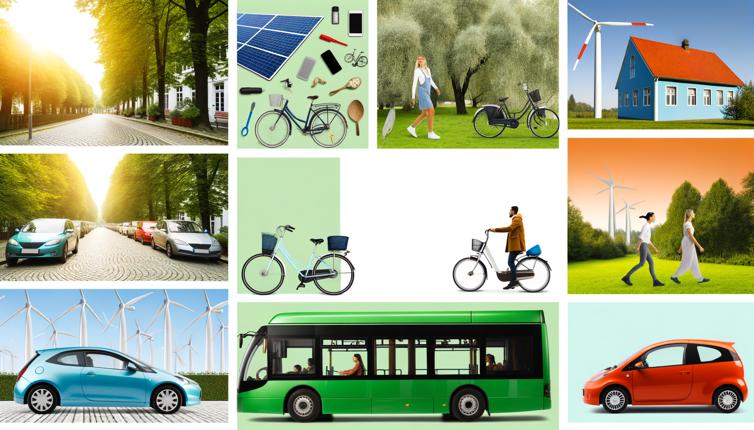What are smart thermostats?
Smart thermostats are advanced devices that can connect to your home's Wi-Fi network, allowing you to control your heating and cooling settings remotely through a smartphone app.,These devices use sensors and algorithms to learn your preferences and adjust the temperature accordingly. They can also detect when you are away from home and automatically adjust the temperature to save energy.,Some smart thermostats even have features like geofencing, which uses your phone's GPS to determine when you are close to home and adjust the temperature accordingly.
Benefits of smart thermostats
Energy savings: Smart thermostats can help you save energy and reduce your utility bills by automatically adjusting the temperature settings when you are away from home or during times when you don't need heating or cooling. This can result in significant savings over time.,Convenience: With a smart thermostat, you can easily control your heating and cooling settings from anywhere using your smartphone. You can also create custom schedules and set temperature preferences for different rooms in your home.,Comfort: Smart thermostats can provide a more comfortable living environment by maintaining consistent temperatures. Some devices even have features like room sensors that can detect occupancy and adjust the temperature accordingly.,Smart integrations: Many smart thermostats can integrate with other smart home devices, such as voice assistants and home automation systems. This allows for seamless control and automation of your home's heating and cooling systems.,Data insights: Smart thermostats can provide valuable insights into your energy usage patterns and help you identify opportunities for further energy savings. Some devices even offer energy usage reports and tips for improving efficiency.
Tips for maximizing energy efficiency
Set a schedule: Take advantage of the scheduling features of your smart thermostat to optimize energy efficiency. Set different temperature preferences for different times of the day and adjust them based on your occupancy patterns.,Use geofencing: If your smart thermostat supports geofencing, enable this feature to automatically adjust the temperature when you leave and return home. This can help you save energy by avoiding unnecessary heating or cooling when you are away.,Consider occupancy sensors: Some smart thermostats can use occupancy sensors to detect when a room is occupied and adjust the temperature accordingly. This can help you save energy by only heating or cooling rooms that are in use.,Take advantage of energy-saving modes: Many smart thermostats offer energy-saving modes, such as eco mode or away mode. Enable these modes when you are away from home or during times when you don't need heating or cooling.,Monitor your energy usage: Use the energy usage reports provided by your smart thermostat to track your energy consumption and identify opportunities for improvement. Adjust your temperature settings and habits accordingly to maximize energy efficiency.
Conclusion
Smart thermostats are a valuable tool for improving energy efficiency in your home. By utilizing advanced sensors, algorithms, and smart features, these devices can help you save energy, reduce your utility bills, and create a more comfortable living environment. Consider installing a smart thermostat in your home and start enjoying the benefits of energy-efficient heating and cooling.









